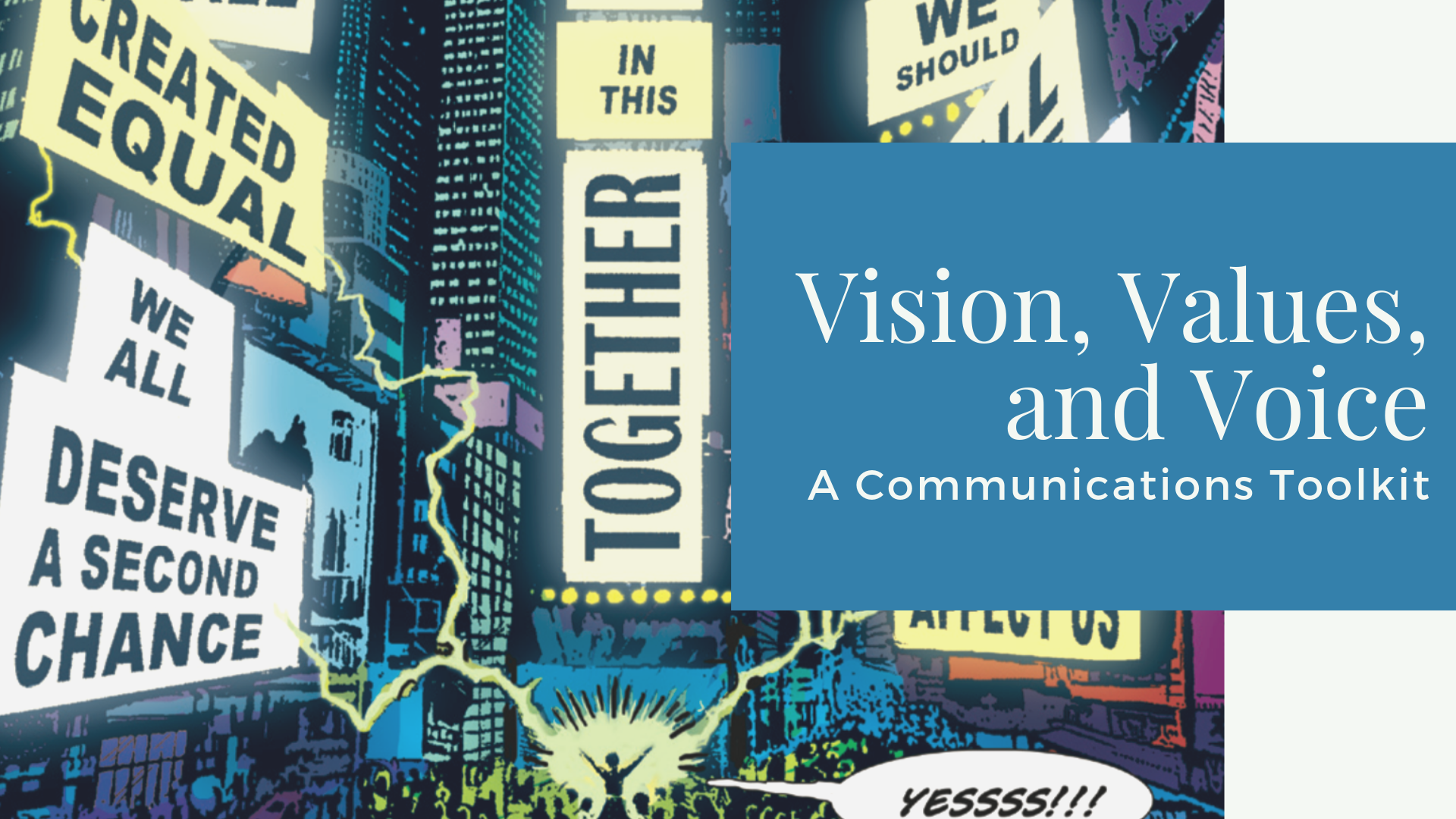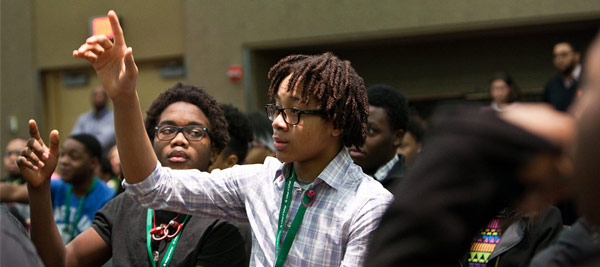This social science literature review focuses on the question of how media, and communications more broadly, affect outcomes for black men and boys in American society. The summary is intended to offer communicators — who come to the review with a wide range of backgrounds and depth of knowledge on the topic — a digestible overview of an extremely rich and varied body of research. It reviews a significant set of materials, representing many of the key approaches and themes that characterize the scholarship as a whole.
There are many, many forces — material, historical, cultural, and political — that shape and constrict the life chances of black males in the U.S. Some of these are long-standing legacies that may take generations to shift. But in other ways, the social, economic, and symbolic place of African-American men and boys is re-created and reinforced every day. In particular, public perceptions and attitudes toward black males not only help to create barriers to advancement within this society, but also make that position seem natural or inevitable. Among the most important mechanisms for maintaining (or changing) these perceptions are the mass media with their significant power to shape popular ideas and attitudes.
This study looks at the evidence scholars have gathered and the conclusions they have drawn about how media present a picture of black males and how this representation affects not only attitudes toward black men and boys but their actual life chances. It also explores whatever guidance the social science research offers for changing media practices and resulting black male outcomes for the better.
For the most part, we limit the discussion to “what is known” by social scientists looking at this field — based on experimental or other empirical evidence (as opposed to a cultural criticism approach, for instance), or on a consensus reached by scholars. At certain points throughout the review we offer perspectives based on our own empirical research into the framing of a wide range of social issues.
The core problem
The review focuses on the core problem as social scientists have described it — a troubling link between media portrayals and lowered life chances for black males. The review breaks this story down into several components.
Distorted patterns of portrayal
A robust body of research documents how the overall presentation of black males in the media is distorted in a variety of ways, relative to the real-world facts. While individual studies tend to focus on a single genre or medium — such as TV fiction shows, magazine advertising, or video games — the research taken as a whole reveals broad patterns, including:
- Underrepresentation overall — for instance, as characters in video games; as “talking head” experts called in to offer perspectives and analysis in the news; as computer users in TV commercials; as users of luxury items in print ads; and as “relatable” characters with well- developed personal lives (e.g., fathers) in fiction shows and films.
- Negative associations exaggerated — particularly criminality, unemployment, and poverty. The idle black male on the street corner is not the “true face” of poverty in America, but he is the dominant one in the world as depicted by media.
- Positive associations limited — particularly, sports, physical achievement in general, virility, and musicality. While the media’s version of America is populated by some black males intended to inspire, they tend to represent a relatively limited range of qualities to the exclusion of a variety of other everyday virtues.
- The “problem” frame — Due to both distortions and also accurate and sympathetic discussion, black males tend to be overly associated with intractable problems.
- Missing stories — Many important dimensions of black males’ lives, such as historical antecedents of black economic disadvantage and persistence of anti-black male bias, are largely ignored by the media.
Causal link between media and public attitudes
Naturally, the reason so much attention is devoted to media representations is that the collective image of blacks and black males has important effects. Many researchers discuss how distorted portrayals can be expected to create problematic understandings and attitudes among audiences, including:
- General antagonism toward black males;
- Exaggerated views of, expectations of, and tolerance for race-based socio-economic disparities;
- Exaggerated views related to criminality and violence;
- Lack of identification with or sympathy for black males;
- Reduced attention to structural and other big-picture factors;
- Public support for punitive approaches to problems.
Studies show that media images have the greatest impact on perceptions when viewers have less real- world experience with the topic; in other words, the “media world” can be mistaken for the real world, unless audiences have sufficient personal experience to counteract its effects.
Even audiences with real-world experience are not immune. Studies show, for instance, that stereotypic images depict black women as contributing to their domestic victimization by their black male partners. Considering these distorted images, it is not surprising that black television viewers, male and female, tend to lose more “social capital” through viewing TV programming — i.e., to trust the community and those around them less in ways that can lead to reduced prosperity and other outcomes.
Impacts on thinking of black males themselves
Black males obviously draw on far more experience than others to form images of themselves and their peers. However, they are also members of the public, and they are not immune to the influence of the media, which they consume just as other Americans do.
Specifically, scholars state that images in the media have a negative impact on black perceptions of self, though there is no shared consensus on how exactly this plays out. Various mechanisms may be at play:
- Negative media stereotypes (thugs, criminals, fools, and the disadvantaged) are demoralizing and reduce self-esteem and expectations. Dealing with negative expectations may also create stress and drain cognitive resources in some contexts — leading to the lowered performance associated with “stereotype threat.”
- The most common “role models” depicted in media (e.g., rap stars and NBA players) imply limited options.
Additionally, scholars have explored the ways in which black males can come to internalize biases and stereotypes and then, through their words and actions, reinforce or perpetuate those distortions.
Documentations of conscious and unconscious bias
Another robust area of study focuses on mapping current attitudes towards blacks and black males — which presumably have been and continue to be shaped by the media. Many of the most disturbing results come from cleverly designed psychology experiments, which limit people’s ability to disguise or hide biases that they know are not socially acceptable. For instance:
- The amygdala, a brain region associated with experiencing fear, tends to be active when whites view an unfamiliar black male face (regardless of their conscious reports about racial attitudes).
- After “seeing” unknown black faces flashed at subliminal speeds (too rapidly to consciously perceive), whites tend to show more hostility in various contexts — leading to a breakdown of social connection between different races.
- Whites tend to more easily associate negative words (e.g., terrible, failure, horrible, evil, agony, war, nasty, and awful) with unknown black faces, as opposed to white faces.
- Some studies indicate that many African Americans have an implicit bias against unknown faces of their own race, similar to biases shown by whites against blacks.
Explicitly measured attitudes towards African Americans or racial policies have not changed significantly since the election of Barack Obama.1
Practical consequences in lives of black males
Finally, of course, distortions in the media are ultimately significant because of the real-world effects they have on black males’ outcomes, which can be negatively affected any time a black male is in a position where his fate depends on how he is perceived by others, particularly whites, or on what kind of rapport he has with them.
The real-world effects alluded to in the literature include everything from less attention from doctors to harsher sentencing by judges, lower likelihood of being hired for a job or admitted to school, lower odds of getting loans, and a higher likelihood of being shot by police. For example, various experimental simulations have shown that whites are more likely to “shoot” an unarmed black male than an unarmed white male.
Why media patterns are distorted
In order to combat the destructive causal dynamics delineated so far, communicators must confront the question of why black males continue to be underrepresented, framed in negative ways, offered limited roles in both fictional and news contexts, and so forth. Scholars have offered a number of suggestions about the causal factors leading to the distortions and omissions.
- Producer bias — Most obviously, those responsible for media content may at times present a distorted, inaccurate view because of their own conscious or unconscious biases and stereotypes.
- Incorrect assumptions about audiences — Scholars suggest cases in which portrayals are incomplete or distorted because producers of media content carry faulty assumptions about the composition of their audiences and their audiences’ preferences. For instance, video game producers, who tend not to be African-American males themselves, underestimate how many black males and others who would identify with black protagonists play the games.
- Audience preferences — In some cases, content producers may be responding to accurate assessments of their audiences’ comfort zones with a certain range of presentations of black males — i.e., ones that confirm their own fears and prejudices or reassure them that black males are not achieving “undue” power and status.
- Lack of input from black constituents — One of the factors seen as most significant by scholars is the paucity of African-American television station owners, producers, journalists and experts invited to contribute content, etc.
- Political motivations to traffic in stereotypes — Portrayals are also distorted by some (often white and/or conservative) communicators’ interests in tapping into racial bias in order to promote or discredit various policies (e.g., more prisons, less welfare).
“Prescriptive” studies
The vast majority of social science literature on this topic focuses on mapping out the problems relating to black males and the media, and is essentially descriptive — that is, it describes and analyzes existing patterns in the media, in thought and behavior. Prescriptive studies, explicitly setting out to identify proven courses of action, including empirically testing hypotheses about what might help improve matters, are relatively absent from the literature.
These would hypothetically include, for instance, studies about what happens when media representation of black males is fuller, more accurate and more sympathetic, or what kinds of media patterns help make people less biased, or lead to better outcomes. There are a few exceptional studies that offer this kind of evidence, such as political scientist Shanto Iyengar’s experimental finding that news stories about racial discrimination helped reduce the tendency to blame individuals for outcomes (Iyengar, 1991); and a study showing that a combination of explicit training about stereotypes plus exposure to a series of “counter-stereotypical” news stories can help reduce unconscious bias. (Ramasubramanian, 2007) By and large, however, the social science literature offers relatively little evidence about what “works” when it comes to media representations of black males, or about other critical questions of guidance on how to effectively bring about changes in media representations, or how to talk about critical issues such as structural bias.
Much of the “good news” in the research comes from laboratory studies of tasks or conditions that reduce implicit bias. For instance, various tasks that force subjects to think of African Americans as individuals end up reducing unconscious bias (e.g., asking subjects to practice distinguishing one black face from another, or asking them to speculate about which of a random set of vegetables an unknown black person might like).
More explicit types of training also have very promising effects. For instance, subjects who undergo 45 minutes of intensive practice at rejecting stereotypes — literally clicking “No” when viewing a black face paired with a stereotypical description — showed a resulting reduction in implicit bias. Researchers liken the training (which cannot be accomplished more quickly) to practicing a new physical skill. (Kawakami et al., 2000)
While studies like these do not look directly at media or public discourse, are often not targeted at thinking about black males per se, and do not offer concrete suggestions for advocates to act on, they at least offer interesting food for thought for communicators interested in reducing bias on a societal scale.
Dilemmas and deep challenges
As noted earlier, scholars have suggested a number of reasons why patterns of portrayal of black males may be distorted across a wide range of media. Unfortunately, dealing with the problem may be even more complex than that discussion suggests. Recruiting more African Americans into media content production, for instance, or correcting producers’ assumptions about the makeup of their audience, still may not address some of the fundamental obstacles to constructive thinking and dialogue on race- related issues, as pointed out by social scientists. Many of these are areas of active research and debate, so a firm consensus about their exact dynamics and significance are still being worked out.
- The difficulties of structural thinking — For both cultural and cognitive reasons, it is difficult for Americans to focus on the idea that individuals are not fully in charge of their own fate. Regardless of racial attitudes, systemic and structural explanations for social outcomes are extremely challenging to convey.
- Anxiety and “the other” — Anxieties tangential to race, e.g., about terrorism or loss of a job, tend to promote a more conservative outlook, including negative attitudes towards those perceived as “others.” In a time period in which anxiety is particularly prevalent, it is predictable that racial attitudes will deteriorate and policy preferences will shift in directions that do not favor “out-groups,” such as black males.
- Fundamental/universal challenges to race relations — Some social science suggests that relations among people of different races must always overcome some fundamental obstacles. For instance, there is a consistent body of evidence showing that people have more trouble differentiating the faces of other-race individuals — not just whites looking at black faces, for instance, but also blacks looking at white faces. Given the importance of individuation as opposed to stereotyping, this face-recognition finding suggests a basic, though not insurmountable, challenge inherent in interracial relations.
- Causation vs. correlation — Much of the available social science is able to point to correlations between, for instance, race and health outcomes, without being able to state the causes with strong confidence. The problem for communicators is that unless causation is clearly and persuasively presented, audiences will inevitably insert their own ideas about causation based on their preexisting understandings and biases.
- Warts-and-all vs. idealization — There is considerable debate about the reality that some black men, like all human beings, at times contribute to their own obstacles. While discussing this fact can trigger the default perception that they are always and entirely to blame for their circumstances, not discussing these choices evokes charges that communicators are not realistic or are not asking enough of black men.
- Black masculinity as the problem — Hypersexuality, violence, misogyny, and elite athleticism are extreme versions of stereotypical male qualities, and each is used to caricature and stereotype black males in particular. Yet addressing the issue can mean confronting the idea that black males may embrace these stereotypes as a form of resistance to various external limitations on their achievement. There is no easy consensus about how best to handle these patterns — e.g., some scholars condemn black males’ embrace of these images while others focus on explaining and contextualizing it.
- Appeal of a color-blind society — The idea of a colorblind society is appealing to many Americans for a variety of emotional and ethical reasons — i.e., it can seem both more fair and less stressful. However, those who advocate for a color-blind society are often responsible for suppressing discussions of race that are ultimately essential for addressing disparate obstacles.
- Implicit prejudice as a political tool — Communicators must contend with a pattern of “codes” (e.g., words like “urban”) used for stoking or taking advantage of racial tensions in order to promote their desired outcomes, such as cuts to social services.
- Communication vs. contact — Finally, some of the social science literature suggests that actual social contact between black males and others may be one of the most critical factors in changing perceptions and outcomes. If this is the case, then communications per se, no matter how well done, may ultimately have limited effects, except to the extent that they help break down the forms of isolation and segregation that marginalize black males.
Looking forward
While the social science literature does not offer a great deal of specific guidance about ways forward, it does suggest a number of ideas that communicators should keep in mind about how to proceed.
Most straightforwardly, communicators and advocates must continue to work to create fuller and more accurate portrayals of black males in the media — through education and external pressure targeted at media producers, through production of new images, and by working to embed more African Americans in all links in the media production chain.
Communicators must also wrestle with significant challenges regarding how to speak most effectively about the topic, in order to take the best advantage of communications opportunities — e.g., how to offer a clear and compelling picture of “invisible” systemic forces that stack the odds against black males in a range of areas. Our own research experience across a range of issues suggests that this is a very important challenge for communicators to tackle: Until people are helped to see the systemic forces that insiders are talking about (whether these have to do with economics, children’s well-being, the environment, or any other topic), even sympathetic audiences can draw the wrong conclusions about what is causing problems and how to address them.
Offering clear new pictures of large-scale causality is obviously very challenging, but may also be essential. It may help communicators get past vexing dilemmas, and help them address topics about which it is difficult to engage in constructive dialogues. For instance, discussion of gangs can easily promote fear of individual gang members, but an effective bigger-picture story might help focus attention on the lack of alternative opportunities for social and economic advancement in some communities.
Our research experience also suggests that hopeful stories and novel ideas can go a long way towards engaging new audiences and new support, whether in the context of fiction shows, news accounts, press releases, or informal anecdotes. For instance, communicators may make significant headway by focusing on interventions that have made demonstrably positive differences for black males (without obviously “taking away from” other groups). Such stories would be more positive and more novel than the very familiar claims and accusations in this area. Another example of potentially effective novelty would be an explanation of the phenomenon of implicit bias — surely unfamiliar to most Americans — and how widespread it is. But note that such discussions are more likely to be effective if they focus on objective description and explanation rather than moralizing (see below). Discussion of the factors known to reduce implicit bias might also be the basis for positive and hopeful stories about race.
The research strongly suggests that censure is an ineffective intervention in most communications contexts. It is likely to trigger resistance and more negative racial attitudes. (On the other hand, it may be an effective threat against public figures, for instance, who may act based on political calculation rather than feelings.) This finding challenges communicators to find ways of talking that rely on motives other than shame or guilt. It may be effective to point out the manipulative uses of race in the media and public discourse. While it is generally not very effective to simply argue that a particular perspective is wrong (i.e., “myth busting”), some of the social science evidence suggests that explicit inoculation against people trying to manipulate us can be very effective, and the strategy of opening people’s eyes to how they are being duped has been effective in other issues areas, such as cigarettes.
Communicators should also keep in mind that any of their efforts that can help promote greater contact between African-American males and others may be among the most effective steps they can take.
1 For more discussion of explicit attitudes, see A Review of Public Opinion Research Related to Black Male Achievement, The Opportunity Agenda, October 2011.
Download Full Report

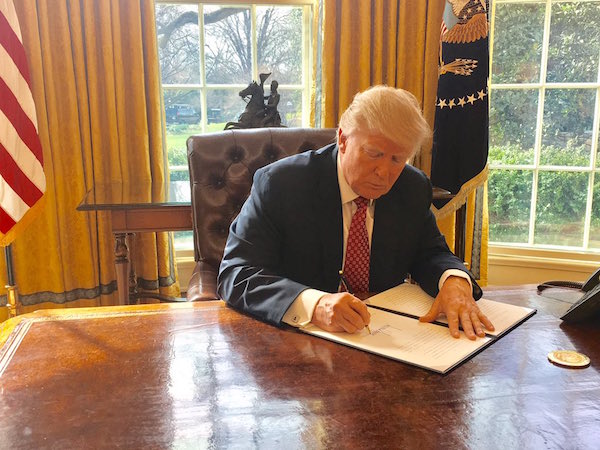
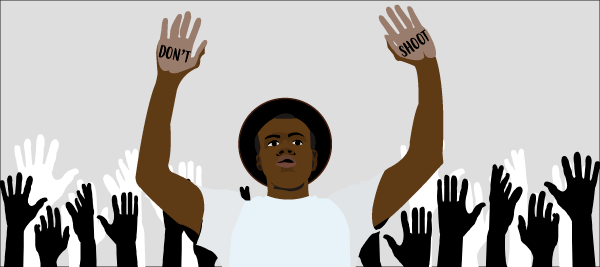
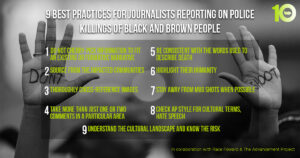
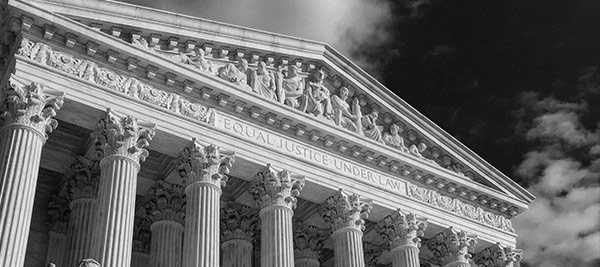

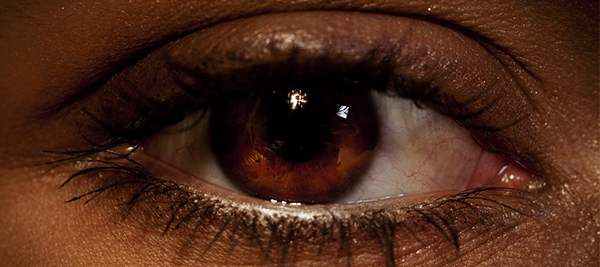


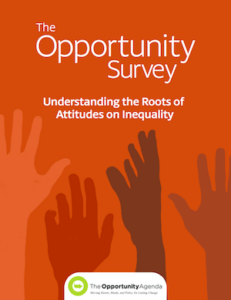 In 2014, The Opportunity Agenda commissioned a groundbreaking nationwide survey to examine what the U.S. public thinks about opportunity in America and to measure public support for policies that expand opportunity across a range of issues, including jobs, education, criminal justice reform, immigration, and housing. Additionally, the research sought to gain a deeper understanding of the multiple factors that influence attitudes on inequality, contribute to an individual’s worldview, and predict people’s willingness to take action on issues they care about. Together, the survey’s findings offer critical insights for social justice leaders and organizations seeking to move hearts, minds, and policy.
In 2014, The Opportunity Agenda commissioned a groundbreaking nationwide survey to examine what the U.S. public thinks about opportunity in America and to measure public support for policies that expand opportunity across a range of issues, including jobs, education, criminal justice reform, immigration, and housing. Additionally, the research sought to gain a deeper understanding of the multiple factors that influence attitudes on inequality, contribute to an individual’s worldview, and predict people’s willingness to take action on issues they care about. Together, the survey’s findings offer critical insights for social justice leaders and organizations seeking to move hearts, minds, and policy.
